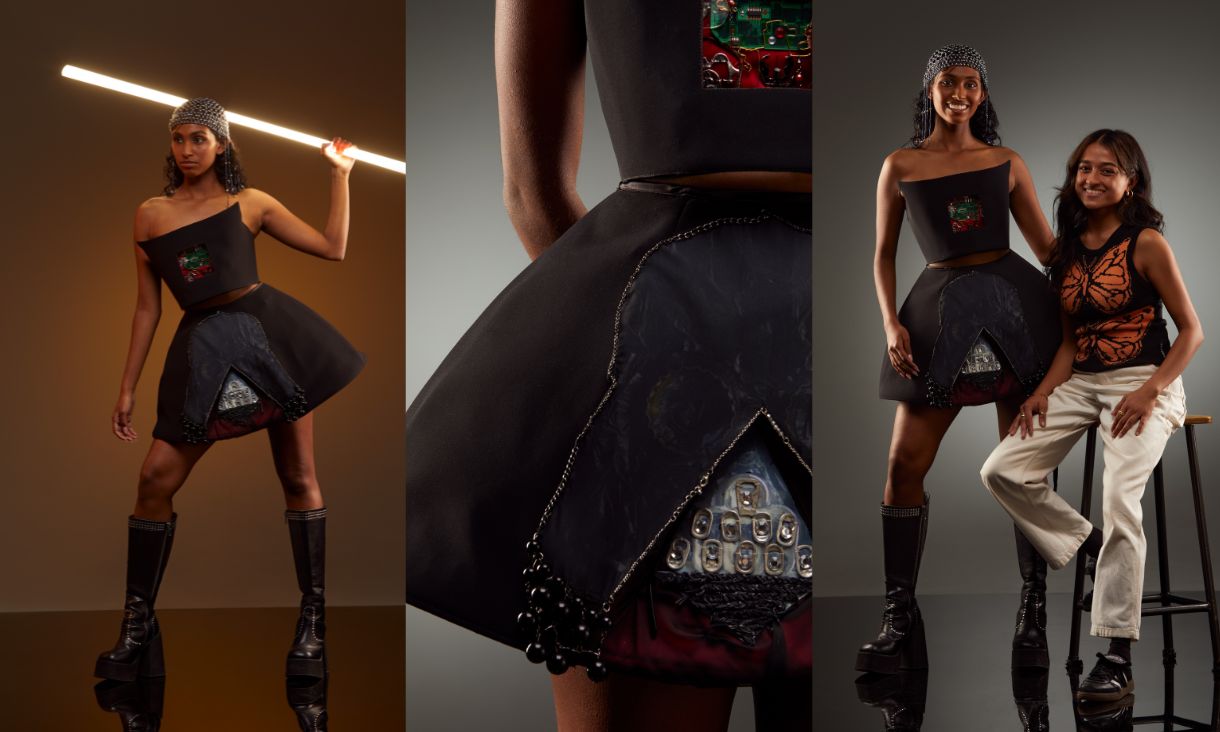Stanislaus said she used the imagery to depict the emotional and physical aspect of fragility and how the pandemic had made people feel isolated and vulnerable.
“This experience has had an adverse impact on mental health because quarantine makes us feel like we are in a bubble,” she said.
“We’re not able to express how we feel emotionally or do what we usually want to do.”
Stanislaus said the work not only focused on the effect coronavirus has had on mental health but also on the fragility of our collective system.
“Since the pandemic started it has shown how easily our system can fall apart,” she said.
“It has laid bare the insecurities of work and the cruelty of welfare policy.”
The collaborative studio was led by Dr Karen Ann Donnachie and Dr Andy Simionato.
Simionato said he did miss the dynamics of face to face learning but that seeing the students be able to help each other across virtual spaces was rewarding.
“It’s nice to see this virtual teaching experience can actually create a community,” he said.
Simionato said students were instructed to imagine a new world using AR technology and results ranged from dystopic to hopeful, with many responding to the pandemic.
Donnachie and Simionato believed the process of designing augmented reality experiences benefited students during the pandemic, helping them keep their minds active by working towards a goal.
“Focusing on a project and creating a new object that wasn’t there before can be really satisfying,” Simionato said.
“You could tell the students were getting excited when things started to appear a bit like magic.”
Donnachie agreed that the augmented reality technology helped people cope with living in isolation by allowing them to create new worlds.
“AR helps you break the fourth wall. It helps you literally break the wall that’s between you and the outside world.”
Appearition has expressed enthusiasm to do more AR projects with RMIT; something that Stanislaus said is very beneficial to design students due to the technology’s numerous possibilities.
“I feel like this has opened me up to a massive new world that I didn’t even know existed,” she said.
“It helped me see that I can create anything with AR and expand the physical world that we’re in.
“Through this studio, I have been privileged to work with new software and such a helpful team of people who have pushed me into a new age of design.”
The ‘AR U Ready?’ book is available to download as a free PDF, or it can be purchased as a physical publication.
The artworks in the publication are visible through the AR U Ready? app, which can be downloaded for free on both Google Play and the Apple App store.
Story: Phoebe Humphreys



